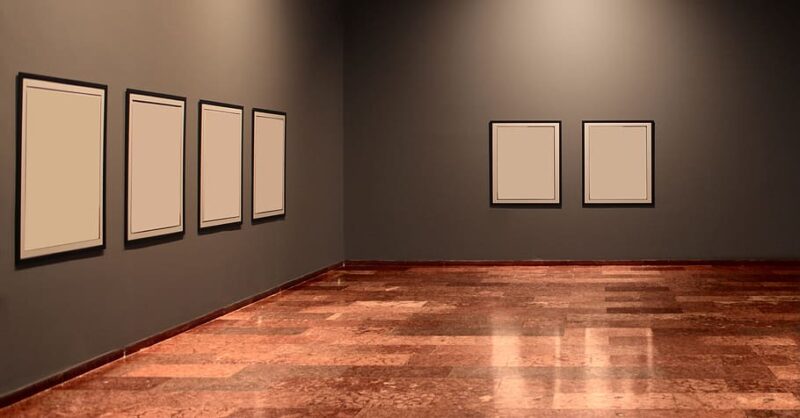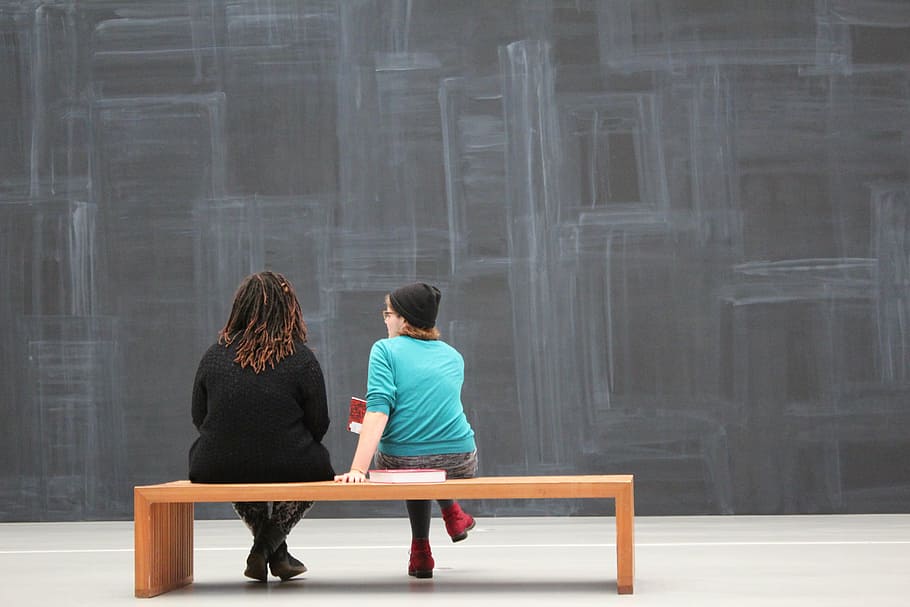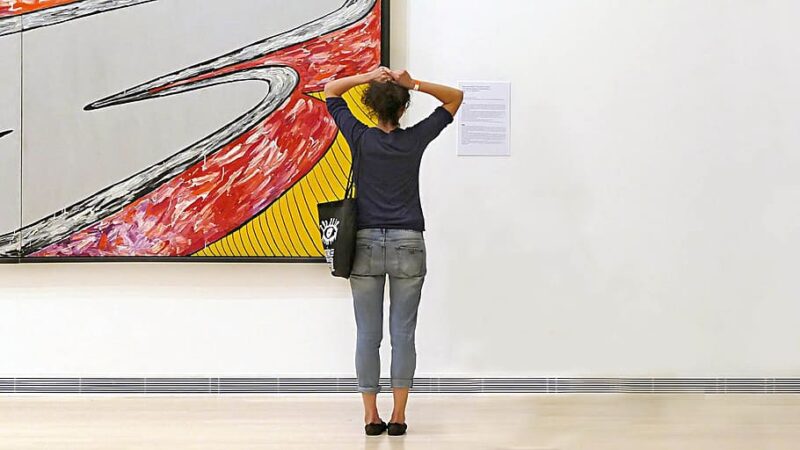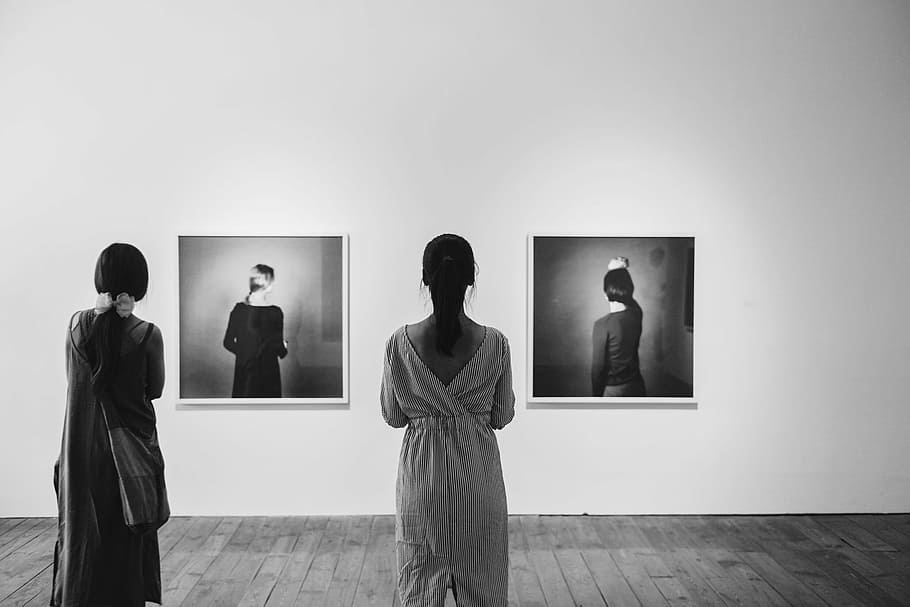Have you ever visited an art exhibition? If yes, you must probably know how rich and imaginative the whole art space is so that it takes a shine to every single object and artwork. If not, you are likely to lose a unique experience of enjoying some newfangled and uncommon things that we all need in our day-to-day lives so much.
Art exhibitions have long become some of the most widespread sources of engagement and pleasure for the public. Pleasure is used here chiefly in a cultural context and implies lofty feelings all visitors seek when entering this or that exhibition. Nowadays, the international art scene is brimming with a vast variety of unparalleled presentations devoted to all kinds of art. Artists of all crafts, styles, and approaches present their works to the audience, each revealing their individual understanding of the meaning of art.
Everyone enjoys the opportunity to be part of something such engaging as an exhibition. Halls full of artworks and meaningful design make people value every minute spent during the show. However, only a few muse upon how such a grandiose establishment is possible. That’s when the word “installation” joins the game.

Installation in museums and galleries is a massive and comprehensive process of arranging an exhibition. But how much does it take to set up an art exhibition? What is an entire procedure? And why does it come across as a distinctive form of art? Let’s find out all the singularities of installing an art exhibition.
The art of exhibition installation
A well-designed and splendidly crafted exhibition costs a lot. It is more about preparation time than money. Moreover, before the very process of installing art begins, there is an array of things to be considered. First and foremost, a gallery or a museum should hire professional art installers (in case it doesn’t have them in-house), who would be in charge of the whole installation process.
Then, the stage of pre-planning begins, when specialists size up the amount of work after obtaining all the necessary information regarding the place, objects, and other features of the upcoming art show. Pre-planning is rather important since planners should spend quite a time to anticipate all possible risks and difficulties that may occur during their work. If not done properly, the chances are high that something will get out of control.
Now, let’s take a look at the bullet moments of exhibition installation.
Bullet moments of exhibition installation

Testing an exhibition environment
Examining an exhibition space is one of the first and paramount phases of installation. It starts with analyzing a site plan, size, and all specific characteristics of the space. The next thing is working out a plan of arranging artworks within the area, deciding on the exact spot of every object, panel, information board, and so on. When everything is said and done, it is about time to measure.
Measuring makes perfect
‘Measure thrice and cut once’ is the most befitting phrase that can be used in this case. Exhibit fabricators, who are responsible for measuring, are supposed to take all necessary measurements several times. They have to meter every step and even the smallest corner so that everything fits in the room in the end. Fabricators consider gauging the whole venue, its main and back doors, hallways, elevators, and all of the items to be exhibited.

Safe handling of art pieces
When the preparation is behind, it is time for heavy artillery. Paintings, sculptures, and all other art pieces must be delivered to the destination safe and sound. For that purpose, organizers hire professional art movers. Some companies,such as Fine Art Shippers in New York, provide not only art packing and moving but also art installation services, which greatly facilitates the task. To have dedicated specialists able to handle the entire process of art delivery and installation on hand is very advantageous for exhibition organizers.
Installing art and lighting
After art is moved and unpacked, fabricators take final measurements, and exhibit installers start assembling display units across space. It is a central and key part of the installation. The magic of this process is complex and thrilling at the same time. Usually, a big team of people with different skill sets work in coordination to combine all elements and make the exhibition happen.
While displays are mounted by one group, another is trying to strike a balance with light to reach the required depth and illusion for viewers. Light is an essential component of any installation. It makes it possible to structure the exhibition and illuminate all the facets of the displayed art pieces, creating a cozy atmosphere and engaging people’s imagination.
Problem solving
The work of art installers continues even after everything is already in its place. The final stage is actually as important as the previous ones. It is when installers spot and remove any inconsistencies that appeared during assembly.
Display size issues, non-linear edges, pregnable panels, and uneven lighting are just some of the possible problems that need to be solved. Fixing them all requires a great deal of patience and imagination. You never know what expects you in the future, and you cannot put up with the problem because this will degrade the viewers’ impression and overall quality of the exhibition.

What comes next?
Seems like it is all taped to be presented to the public. Weeks, days, and hours of diligent work transform into an unparalleled and intelligently built exhibition that will live in the memory of people for a long time. The process of installation is a one-of-a-kind craft making a huge difference when it comes to presenting art.
Thanks to the professional and creative approach of exhibit installers across the world, we all can enjoy art in its full perfection. Their work not only makes art closer to people, but it molds external aesthetics into inner satisfaction. Spare no time if you have an opportunity to visit an art exhibition. It is worth it!


